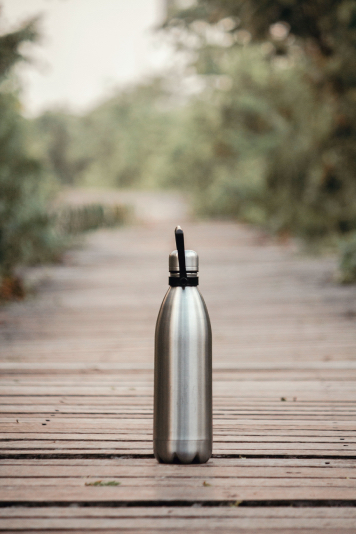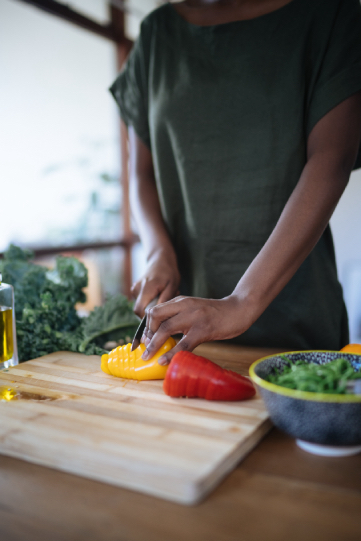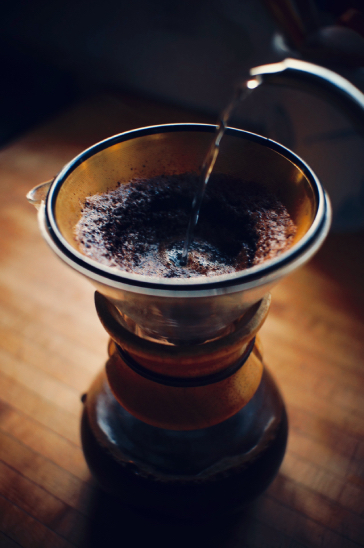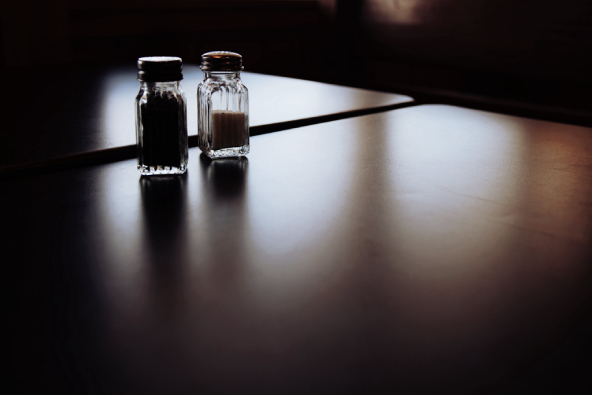As the new year begins, many of us are in desperate need of a deep clean kitchen refresh. But, you might be horrified to find out just how many unexpected kitchen items are covered in as many germs as your toilet seat. Yuck.
A recent survey of 2,250 Brits completed by Hillary’s also found that two in five Brits only clean their homes once a YEAR, with almost half of respondents claiming the house gets dirty too soon after cleaning anyway.
London rubbish removal company, Clear It Waste, sought to discover which popular kitchen items are the filthiest, and provided their expertise on the best ways to clean your kitchen like a professional.


5 unexpected kitchen items that are a breeding ground for bacteria
1. Reusable Water Bottle
Reusable water bottles have been all the rage, with global searches increasing by 70% in the last month alone, following the internet fad of the Stanley cup loved by Gen Z. The ‘emotional support’ product even amassed over 6.8 billion views on TikTok, but they can be a breeding ground for harmful bacterias.
A recent study found that the average reusable water bottle contains 40,000 times more bacteria than a toilet seat. Even more troubling, only a quarter of users washed their water bottles only a few times a week, with nearly one in five cleaning them only a few times a month.
Clear It Waste reports that bacteria such as E. coli, Klebsiella and moulds can accumulate in your eco-friendly water bottle, leading to gastro illnesses, urine infections or even pneumonia.
Make sure to clean your water bottle with warm water and washing up liquid after each use, and soak overnight in a half vinegar, half water solution if needed.
2. Coffee Maker
Avid coffee drinkers, look away. Mould and yeast love to grow in your favourite Nespresso machines, and this can be one of the dirtiest parts of your kitchen if not cleaned correctly.
The water reservoirs and coffee pots can accumulate bacteria, as the organisms like to grow in moist and damp areas – which can be a source of sensitivity for those with allergies, and even cause infections.
Clear It Waste advice the best way to free your coffee maker of germs is to regularly clean the appliance every 1-2 weeks, and then every month to use a deep cleaner for the water reservoir, or water and vinegar based solution, and let this soak for about 15-30 minutes. Scrub if necessary, and then rinse this thoroughly before air drying (run a water-only cycle to completely get rid of the vinegar if needed).


3. Chopping boards
Chopping boards are not only one of the biggest breeding grounds for bacteria, cross contamination can also cause foodborne illnesses, and they aren’t pleasant. Reports have found that chopping boards can also harbour 200 times more faecal bacteria than your toilet seat. Not a pretty sight.
Bacteria such as E. coli (which can cause stomach pain), Salmonella (which can cause diarrhoea, fever and nausea) and Campylobacter (which can cause diarrhoea) can easily spread here from unwashed vegetables, raw meat and poultry.
To clean your chopping board efficiently, Clear It Waste recommends scrubbing with hot, soapy water, as well as using disinfectant for an extra layer of protection – such as white vinegar or a food-safe disinfectant. Avoid using wooden boards and separate chopping boards for meat and poultry to prevent cross contamination.
4. Salt and Pepper
Pass the salt? Think again. Your salt and pepper shakers, along with any spice jars, are also likely to harbour E. coli bacteria – yet it’s not something we often think of cleaning.
A study completed by the University of Virginia also found that out of 30 adults who were showing signs of a cold, every single salt and pepper shaker they’d touched the previous day tested positive for cold viruses, compared to just 41% of the surfaces tested.
Clear It Waste says that the best protection against these germs is to wash your hands before and after reaching for seasoning, and to give your salt and pepper shakers a wipe when wiping down tables and surfaces. You can also use cotton swabs and white vinegar for a deeper clean.
5. Knife Block
Be honest, have you ever cleaned out your knife block? Well, not only can residue moisture from your knives help mould grow if not sanitised, cleaned and dried correctly, residue microbes such as Salmonella, E. coli and yeast can also be hiding in those knife slots.
A study from the National Sanitation Foundation also found knife blocks to be one of the most contaminated kitchen items, potentially leading to a lot of unpleasant symptoms if an infection is caught.
Clear It Waste recommends making sure knives are completely dry before sliding back into the holders to prevent any excess moisture build up, whilst giving it a thorough clean every once in a while with warm water and soap (not too much water), and sanitising the block with a mild bleach solution.




